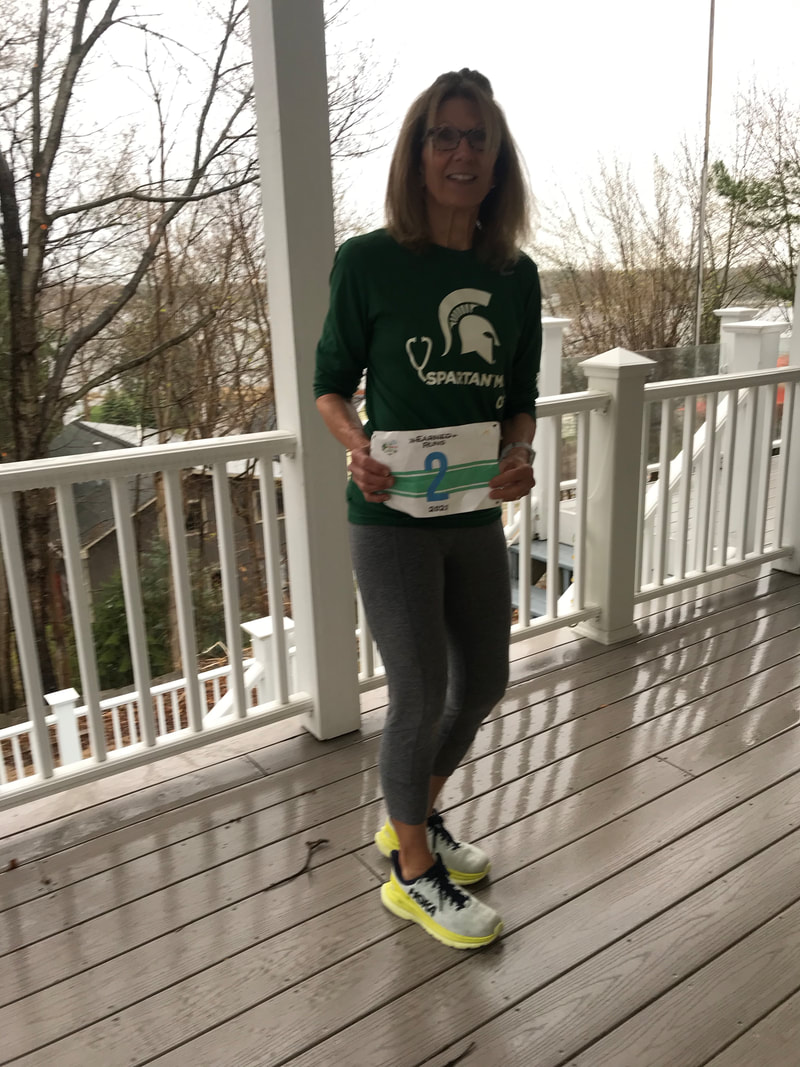BLOG
|
|
“THE TOLL OF EXERCISE ON THE HEART (and Why You May Not Need to Worry)”, an article by Gretchen Reynolds for the WELL blog of the New York Times, discusses at length two new studies that have provided more information about heart health risks in endurance athletes. Reynolds indicates previous studies that raised questions about long term harmful effects of extreme exercise on the heart had examined few participants and often only men. The two new studies she reports on in the WELL blog enrolled many more subjects (~300 each). Both detected a higher incidence of local lesions called plaques in the coronary arteries of veteran endurance athletes, “which can be a hallmark of cardiovascular disease” than in less active individuals. The good news is that the type of plaque found in those with higher level exercise histories appears to be more stable (dense and calcified) than the type found in persons with much lower levels of exercise (loose and fatty). Dense calcified plaques are less likely to rupture, break free of the vessel wall, and block blood flow through the artery, which can result in a myocardial infarction. This, she says, is the thinking of cardiologists. To be clear, the level of lifetime exercise performed by the extreme endurance sport enthusiasts is quite different from that of less active control subjects. In the study from the United Kingdom that included both genders > 40 years of age, athletes had participated in endurance exercise (running or cycling) an average of 31 years. Seventy percent were men and 92% were white. Most (77%) were runners; each had participated in a median of 13 marathons. The remainder were cyclists who had participated in a median of 85 races each. Mean weekly training hours among athletes was 7.7 hours. Controls were healthy individuals who had exercised for ~1.9 hours week (none exercised > 2.5 hours/week). Persons with risk factors for cardiovascular disease were not allowed to participate in either group. In the Netherlands study that only included men (race/ethnicity information not provided), the athletes were identified as having run an average of 4 hours per week for most of their lives. They were compared with men who exercised less than about one hour per week. In NYT blog piece, researchers remind readers that although the amount of moderate physical activity needed to obtain a health benefit is about 150 minutes each week, older endurance athletes will have spent several hours a day in intensive training for years, with many regularly engaged in running marathons or participating in other endurance events. The new findings explained by Reynolds' reporting shows us how much more deeply research might examine the effects of different levels of exercise or lack of exercise on the human body. With more detailed information, we can better understand health risks and benefits at each level, in both men and women and in various ethnic and racial groups. It’s not an easy task, but well worth the effort. RUN HAPPY! https://www.nytimes.com/2017/07/19/well/move/the-toll-of-exercise-on-the-heart-and-why-you-may-not-need-to-worry.html http://circ.ahajournals.org/content/early/2017/05/02/CIRCULATIONAHA.116.026964 http://circ.ahajournals.org/content/136/2/138
0 Comments
Your comment will be posted after it is approved.
Leave a Reply. |
BRIDGE TO PHYSICAL SELF
Running, walking, and fitness activities enable us to experience our physical selves in a world mostly accessed through use of fingers on a mobile device. AuthorEARNED RUNS is edited and authored by me, runner and founder. In 1978 I began participating in 10K road races before 5Ks were common. I've been a dietitian, practiced and taught clinical pathology, and been involved with research that utilized pathology. I am fascinated with understanding the origins of disease as well as health and longevity. Archives
November 2023
CategoriesNew! Search Box
Earned Runs is now searchable! Check it out...
|


 RSS Feed
RSS Feed